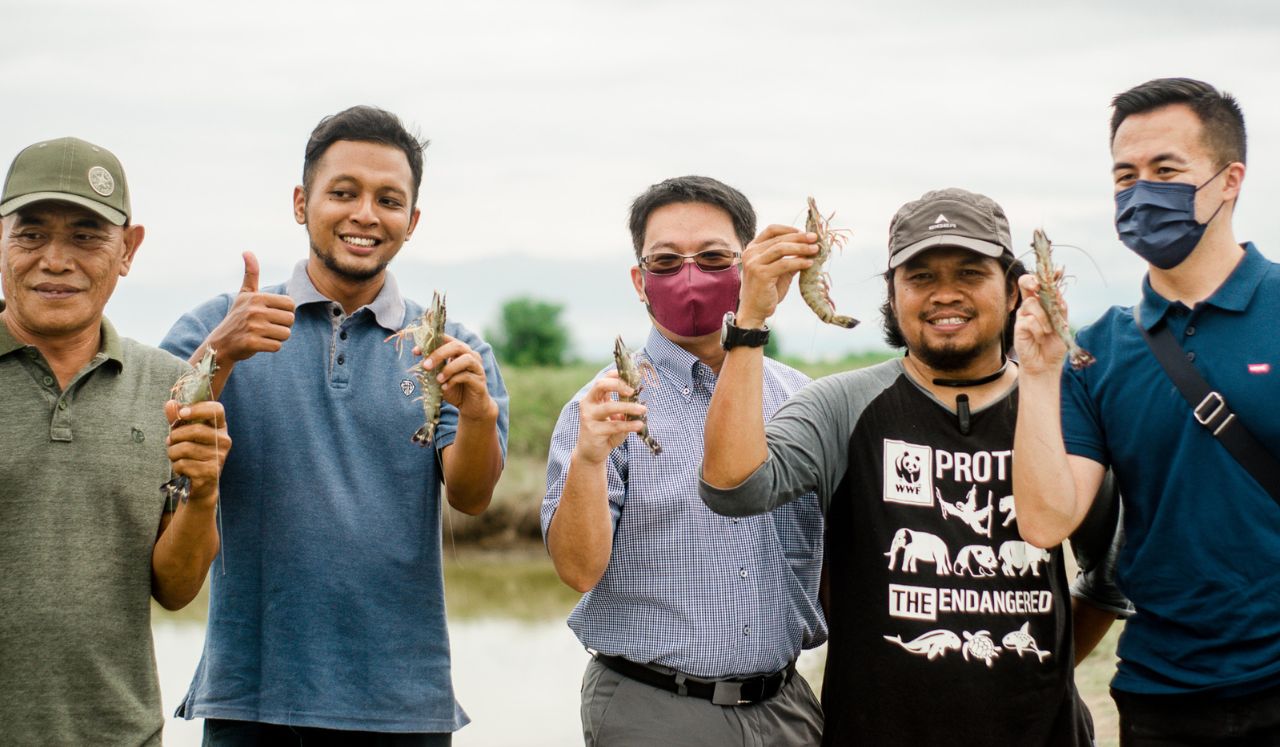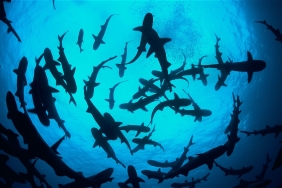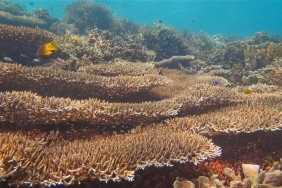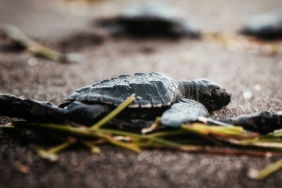RESTORING THE GLORY OF TIGER SHRIMP IN TARAKAN
By Mohammad Budi Santosa
Data from the Marine and Fisheries Service (DKP) of Tarakan City recorded that North Kalimantan tiger shrimp production in 2013 was 9,532 tons. Of this amount, almost 70% was exported to Japan and the rest to Europe, America and Asian countries (Taiwan, Hong Kong, China and Korea). It is estimated that the demand for tiger shrimp in these countries will increase along with the increasing trend of consumption of seafood products in the world.
It is unfortunate that the huge tiger shrimp potential in North Kalimantan (Kaltara) is not well managed. For Tarakan City alone, about 600 hectares of pond land has not been maximized. Of this area, 451 hectares of ponds are in active condition and the rest are not cultivated at all. Based on observations in the field so far, there are still many farmers who use hazardous chemicals in the cultivation process (such as pesticides), pay less attention to environmental sustainability (the use of poisons to kill wild fish and nuisance plants), and logging mangrove without rehabilitation in the pond area.
Seeing these conditions, in 2012, the Department of Marine and Fisheries (DKP) of Tarakan City together with WWF-Indonesia signed a Cooperation Agreement to conduct an aquaculture improvement program (AIP) through the adoption of Better Management Practices (BMP) of Aerated Feedless Wind Shrimp. The program includes technical assistance to farmers, improvement and monitoring of farming operations, and capacity building of human resources through various trainings. The Tambak Mandiri farmer group was appointed as the pilot site for the program.
In 2014, the Tambak Mandiri group located in Karang Anyar Pantai was also used as a pilot for Organic Shrimp Farming. The program, initiated by DKP Tarakan, WWF-Indonesia and the Ministry of Marine Affairs and Fisheries (KKP), promotes responsible and environmentally sound pond management by replanting mangroves in the pond area, both on the embankment and in the pond yard. The goal is to not only restore the ecological function of the mangroves as an abrasion barrier and a natural feeding ground for shrimp, but also to add to the aesthetic value of the ponds.
From 2012 to 2013, WWF-Indonesia together with DKP Tarakan and a shrimp processing company (PT. Mustika Minanusa Aurora - PT. MMA) have planted 2,500 mangrove seedlings in the pilot pond area. In 2014, KKP through the Directorate General of Aquaculture also provided 24,000 mangrove seedlings. Of these, 5,000 seedlings were planted in the area of the Independent Pond group, while the rest were planted in ponds belonging to 10 other DKP Tarakan assisted groups.
"Through this collaboration with WWF-Indonesia, farmers are not only given technical assistance on how to cultivate tiger shrimp according to BMP, but also assisted to use water quality monitoring tools, as well as planting mangroves in the ponds. In addition, training is also provided for DKP staff and shrimp processing companies on farming principles that comply with international standards," said Ir. Nurmayanti, MSi, Head of the Tarakan DKP Aquaculture and Capture Fisheries Division.
"In addition, we will also budget to conduct mapping activities in the pond area in Tarakan City so that we know the ponds that need to be rehabilitated and can be developed later. It is hoped that through the rehabilitation of tiger shrimp ponds and this assistance, tiger shrimp farming in Tarakan will be revitalized," he continued.





